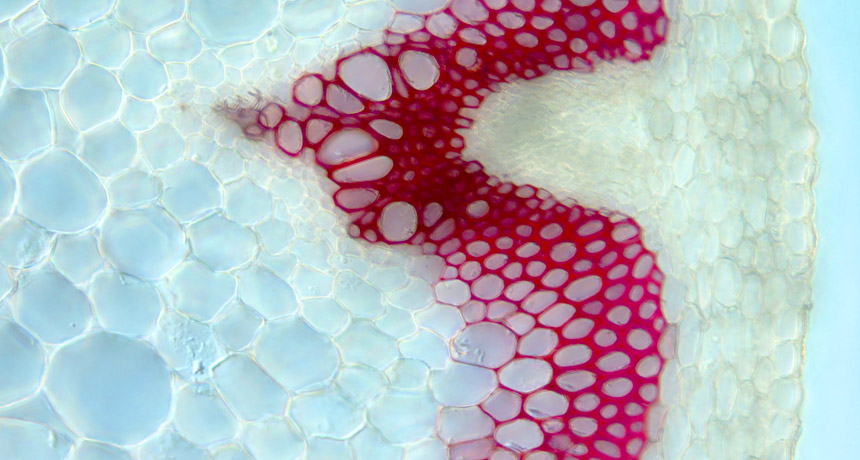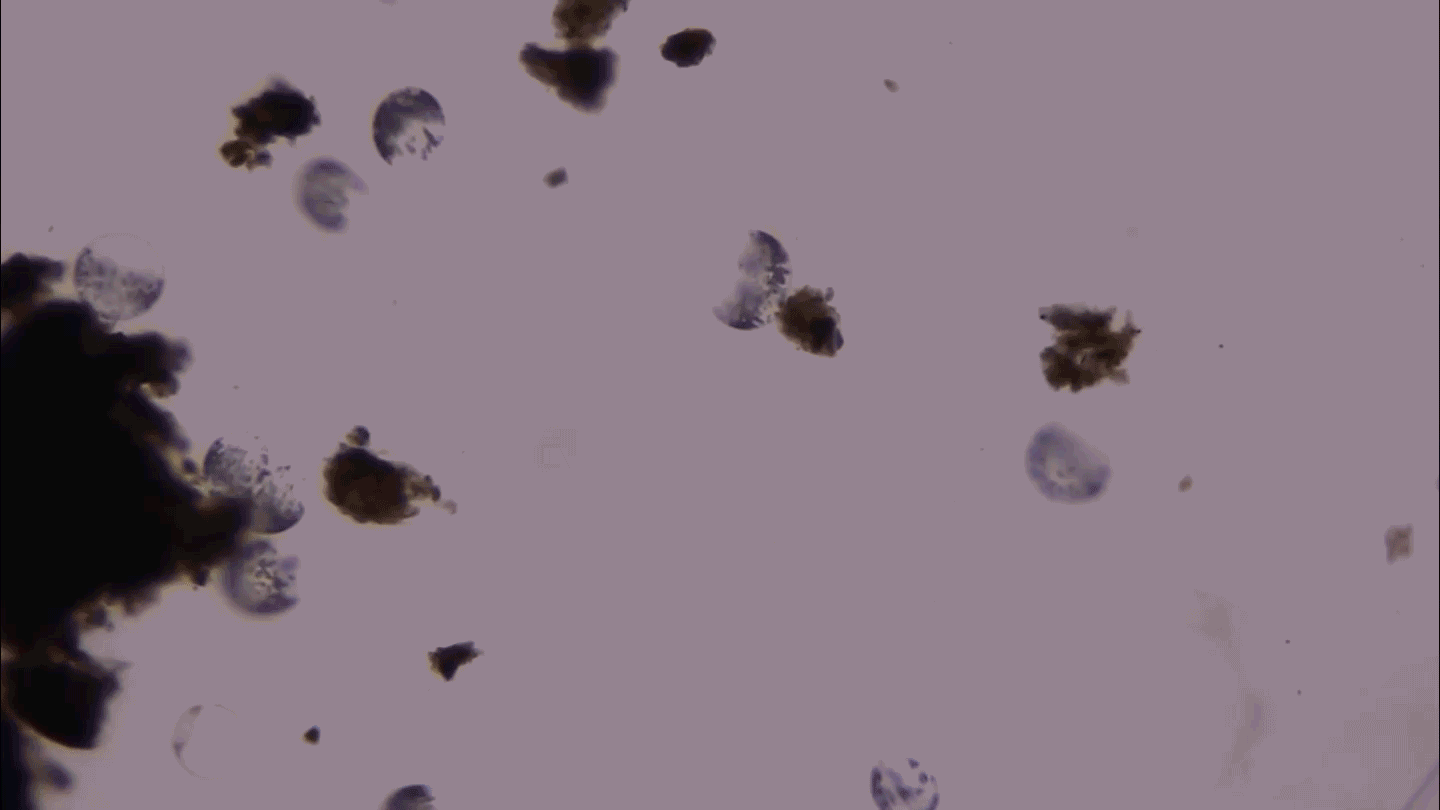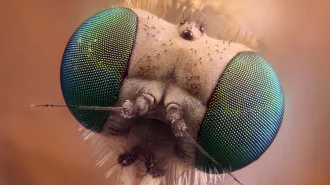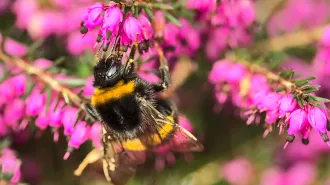To make biofuel, cut the lignin
Researchers disable key protein, make plant sugars easier to access

PLANT SUPPORT Lignin (stained red) keeps plant cell walls sturdy and strong but is hard to break down during biofuel production. By maiming a protein that helps make the woody molecule, researchers can cut lignin levels and gather more biofuel-usable sugars from plants.
Courtesy of Lisa Sundin







